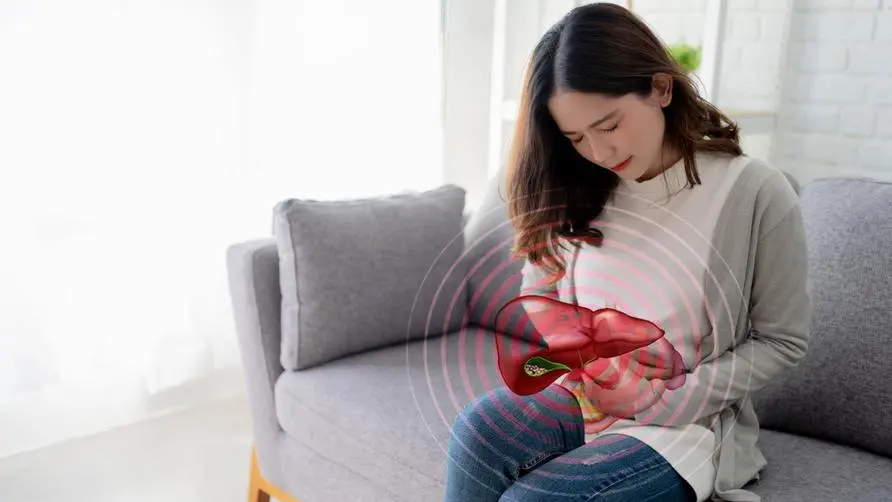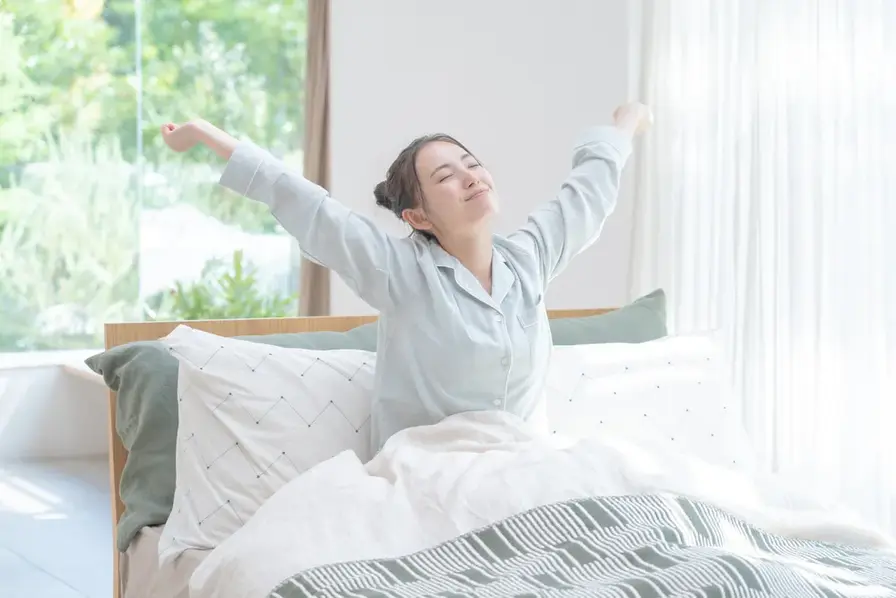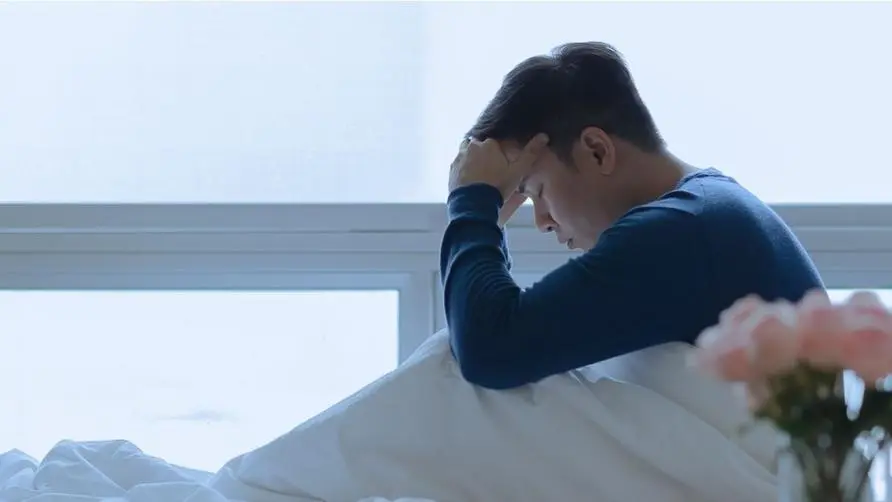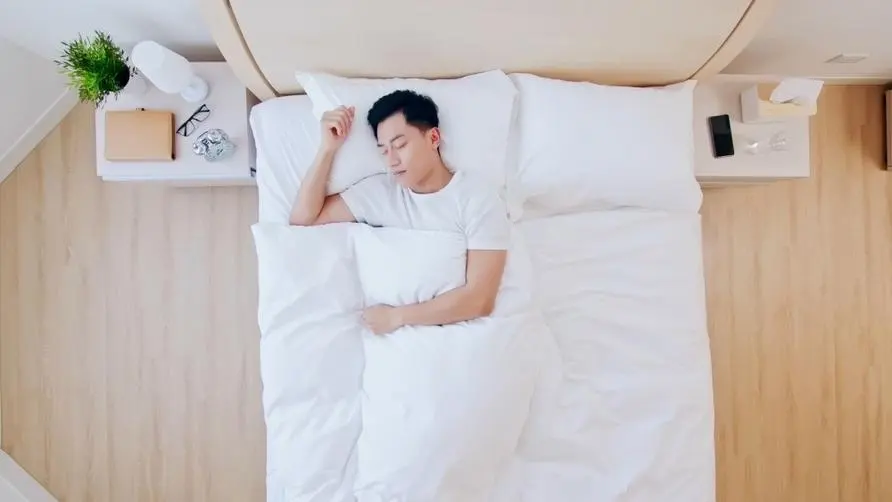Cupping can improve body dampness and heat, and can you tell health problems from the "color"? Not everyone can do cupping?
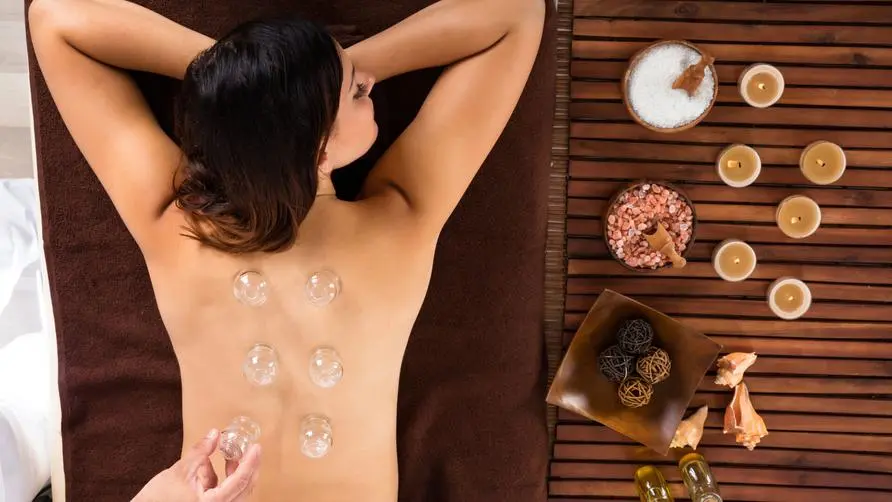
Is there a secret behind the color of cupping marks? Traditional Chinese Medicine Practitioner: If the color is too dark, be careful of “qi stagnation and blood stasis”
Taiwan has been suffering from hot and humid conditions all year round, which makes it easy for people to suffer from various symptoms. Many people seek cupping treatment with traditional Chinese medicine to improve the symptoms of damp and hot conditions in the body. Dr. Guo Dawei, the general director of Fuyuan Traditional Chinese Medicine Clinic, pointed out that cupping itself is not only a treatment, but also a way for traditional Chinese medicine to diagnose patients’ physical conditions. Especially if the color is dark after cupping, you can see some potential health problems.
Dr. Guo Dawei explained that if the marks after cupping appear dark or purplish-black, like bruises, it may be that the patient’s “qi stagnation and blood stasis” are serious. Such patients may often stay up late, sleep poorly or go to bed late. If the color after cupping is bright red, it means that you may have suffered from heat stroke and the internal heat in your body will be very obvious. When a person who has just had a fever undergoes cupping, the Dazhui point (approximately between the sixth cervical vertebra and the first thoracic vertebra) will also turn bright red.
Many people think that the darker the cupping color, the better, but this is not the case. Chinese medicine doctor Guo Dawei explained that some people have no obvious color no matter how much cupping is performed. This group of people are often physically weak, have insufficient Qi and blood, and their speech is characterized by insufficient Qi and weak Qi. On the contrary, there are also patients whose traces after cupping appear pink and disappear quickly, which usually means that the patient has good blood circulation and fast body metabolism.
Dr. Guo Dawei reminds that if the traces of cupping do not disappear for a long time, it means that the body’s metabolism is slow and its self-repair ability is weak. Such patients should pay attention to going to bed early, avoid staying up late, and develop regular exercise habits. Some patients will have many “small blisters” after cupping, which means there is too much moisture in the body. It is recommended to exercise more to increase the amount of sweat, which can moderately improve the problem of excessive moisture. In addition to cupping, it may also be combined with bloodletting to help patients relieve internal heat in the body and often feel relaxed physically and mentally very quickly.
Who is not suitable for cupping? People with sensitive skin and coagulation insufficiency need special attention
Dr. Guo Dawei explained that in the theory of traditional Chinese medicine, the back is where the “Fu Taiyang Bladder Meridian” is located, and the acupoints on the back are the “pivots” of the body, such as the “dorsal pivot”, “spleen pivot”, and “stomach pivot”, which correspond to various places. The health of your organs. For example, stomach health will be reflected in the “Weishu point” on the back. If the color of the Weishu point is particularly dark after cupping, it means that attention should be paid to stomach health. If the cupping marks on the waist are particularly deep, you may need to pay attention to kidney deficiency. It is recommended to adjust your work and rest and pay more attention to urinary tract problems.
Cupping is both therapeutic and diagnostic, but which groups are not suitable for cupping? Chinese medicine practitioner Guo Dawei said that people with naturally sensitive or thin skin may be less suitable for cupping. In addition, the elderly or those who have taken anticoagulants, aspirin and other drugs for a long time are not suitable for cupping because of poor skin coagulation function to avoid serious blood stasis.
Chinese medicine doctor Guo Dawei emphasized that cupping has a wide range of applications. Pregnant women can also use cupping to improve low back pain caused by pelvic compression during pregnancy. However, cupping should not be too frequent or last too long. In addition, some cancer patients are prone to muscle soreness, which can also be improved through cupping.
Traditional Chinese medicine practitioners remind that cupping treatment is now relatively advanced, and patients with immune deficiencies or related diseases can also receive cupping treatment as long as they use a dedicated cupping device. The public is reminded that before cupping, they should consult a professional and qualified Chinese medicine practitioner to obtain safe therapeutic effects.
